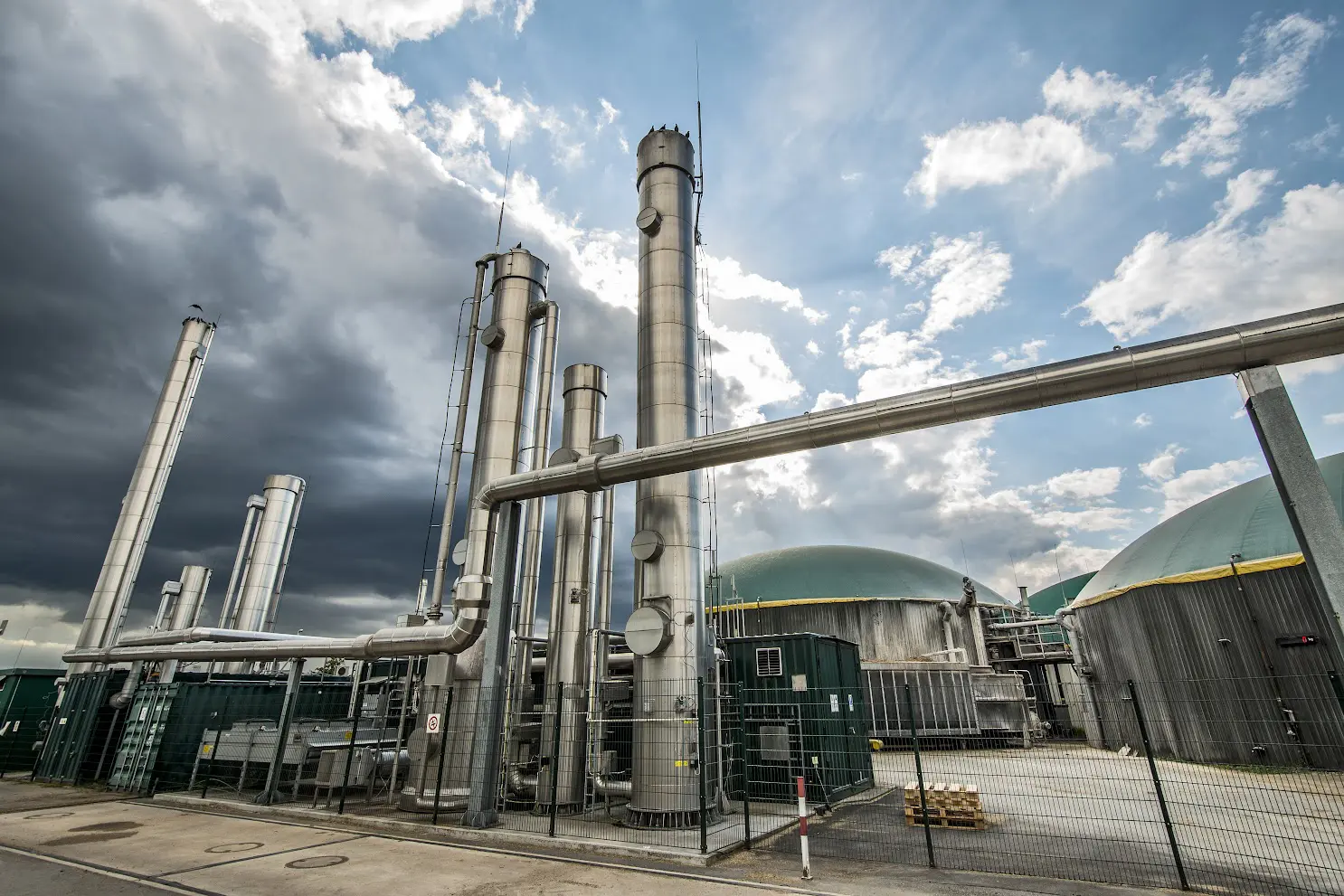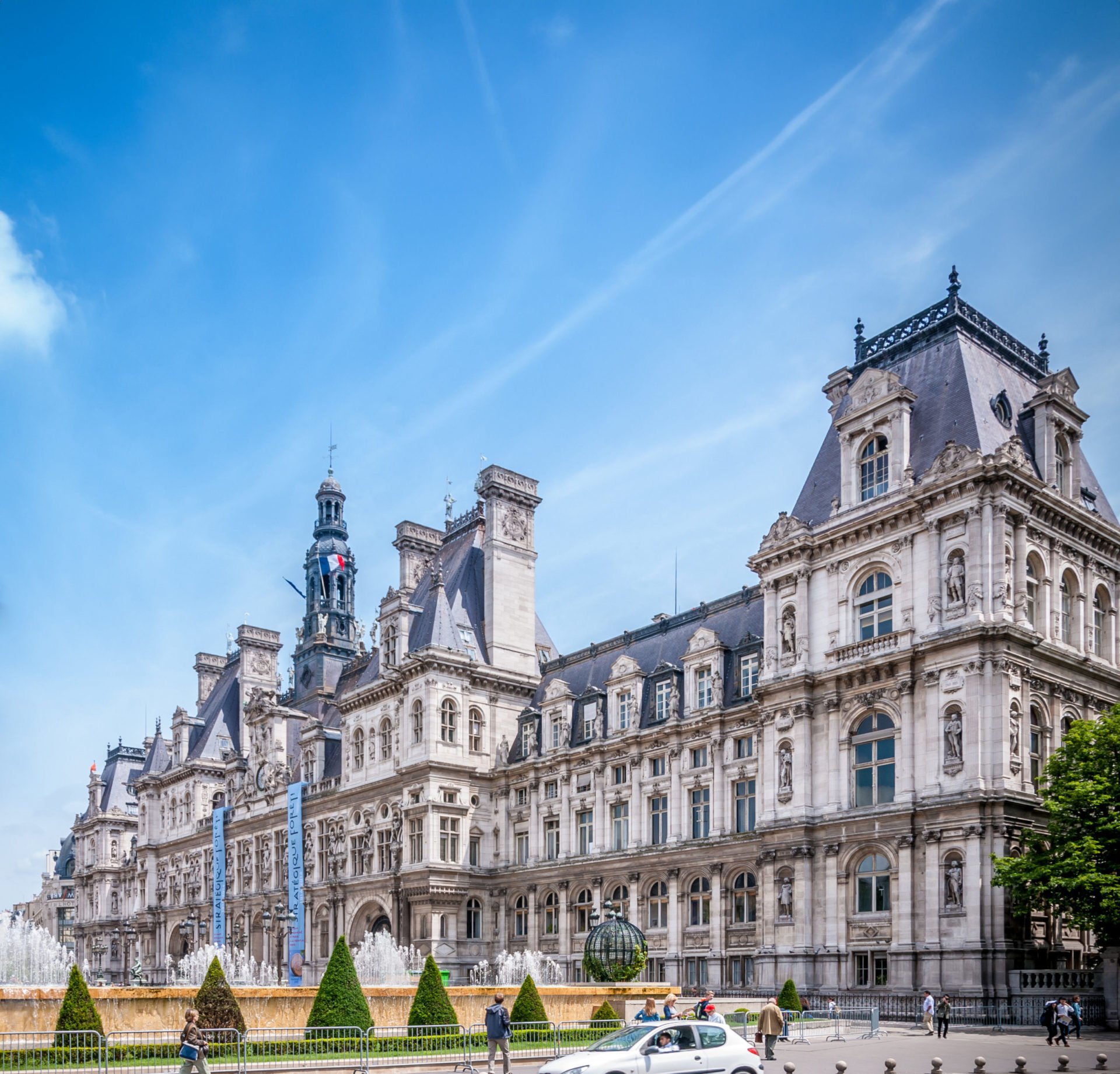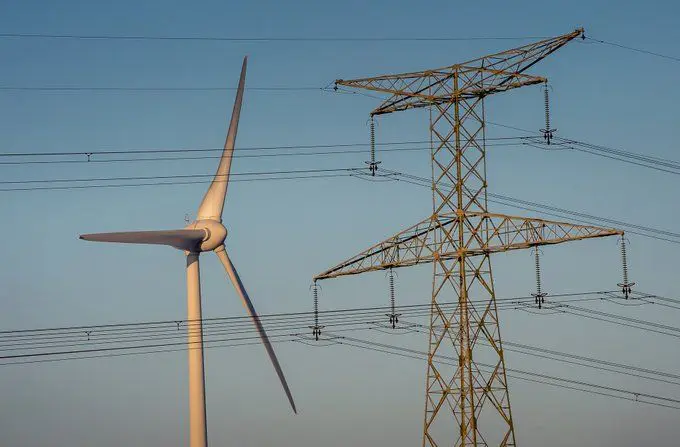[Tribune] « En finir avec le solutionnisme pour décarboner les PME/PMI et ETI de l’industrie en France ! » #2

Despite significant progress and numerous initiatives, industry stakeholders must now intensify their efforts to reduce greenhouse gas emissions in order to meet France’s carbon neutrality target by 2050. Industry, generating 18% of France’s greenhouse gas emissions (behind construction, transport, and agriculture), must play a key role in driving energy efficiency, from small businesses to large corporations. For Benjamin Moné, Business Performance Director at Impulse, part of the E’nergys group, manufacturers must “rely on a Low Carbon Master Plan […] to make a success of their transition”.
To support the ‘deep decarbonization’ of industry, the French government has allocated €5.6 billion under the France 2030 plan. This funding aims to expand the use of low-carbon, energy-efficient heating systems and processes, while also launching initiatives such as low-carbon industrial zones (Zibac) and the deployment of new technological solutions for SMEs and SMIs (Ibac). Down with “solutionism” in decarbonation: it doesn’t work!
SMEs/SMIs in the industrial sector must develop a Low Carbon Master Plan tailored to the specific needs of their factories. This plan will provide a clear roadmap of actionable steps, defined over time, to successfully transition to energy efficiency while maintaining competitiveness!
What are the industry’s main sources of carbon emissions?
Upstream of production, from sourcing all the way to downstream freight, manufacturers indirectly emit carbon for the energy used in their buildings, their purchases of products and packaging, and during transport. This is true from production onwards, from downstream freight all the way to waste treatment, emitting carbon to transport finished products to customers, manage waste and even end-of-life products. A manufacturer’s production activities represent the largest single area for potential carbon emissions reduction for the company; fuels are used for heating and industrial processes. In our view, it is essential for manufacturers to focus on their production processes on a priority basis to massively reduce their CO2 emissions, in addition to better management of their supply chain and buildings.
What are the 4 main decarbonization levers for manufacturers?
The first lever is to minimize fossil fuel consumption, such as natural gas and fuel oil, by targeting the relevant utility and production processes based on the industry’s needs. The most efficient energy is the energy we don’t consume. The second lever involves replacing fossil fuels used for thermal purposes with renewable processes directly at the production site, such as solar thermal, biomass, and geothermal energy. These first two levers should account for most of the decarbonization of an industrial facility. The third lever is to replace fossil fuels with bio-based alternatives, such as green gas, biogas, biopropane, and bioethanol. The final lever, still emerging both technologically and economically, involves capturing CO2 from fossil fuel combustion or industrial processes like calcination, cooking, or winemaking.
To decarbonize effectively, manufacturers (especially small and medium-sized businesses) need expert guidance to assess their plant’s operations, identify the primary sources of carbon emissions, and select the most suitable levers for reducing them, whether in energy, heating, or processes.
What decarbonization angle should you take?
We believe it is essential for manufacturers, with the support of a specialist like Impulse from the E’nergys Group, to plan and implement the decarbonization of their plants based on their specific operations, adopting a long-term, progressive approach to reducing or even eliminating their carbon footprint.
A Low-Carbon Master Plan is essential for manufacturers, which translates into multiple projects, orchestrated over time, to decarbonize according to the “on-the-ground” uses of their production facilities(s).From the outset, the goal is to assess carbon sources related to energy and industrial processes, correlate them with production through EPIs (Energy Performance Indicators), and create an inventory of potential energy savings and renewable energy substitution opportunities. A action plan timeline can then be established, from 2022 to 2030, to rethink techniques, processes and even energy purchases as part of a low-carbon roadmap. This Low-Carbon Master Plan approach, supported by experts like Impulse, empowers manufacturers, notably SMEs/SMIs, to overcome key obstacles to decarbonization, including technological, financial, and resource-related challenges.” Ideally, it forms part of a broader “carbon neutrality” roadmap, starting with an upstream assessment of needs and developing tailored solutions through a “baby steps” approach that ensures continuous improvement and delivers tangible results. The Low Carbon Master Plan guarantees that the industrial company will reduce its carbon emissions by more than 50% by 2030!
With fossil fuel prices soaring and carbon market rates at record highs, the decarbonization of French industry, much like relocation, has become an economic imperative. It now extends beyond the environmental goals of reducing energy use and associated costs, emerging as a key factor in customer decision-making and even a future business requirement. We firmly believe that the costs of the transition will only rise over time, making it essential for manufacturers to free themselves from fossil fuels at a pragmatic pace, with their growth, performance, and competitiveness on the line. As Winston Churchill wisely put it, “It is better to take change by the hand before it takes you by the throat.”




